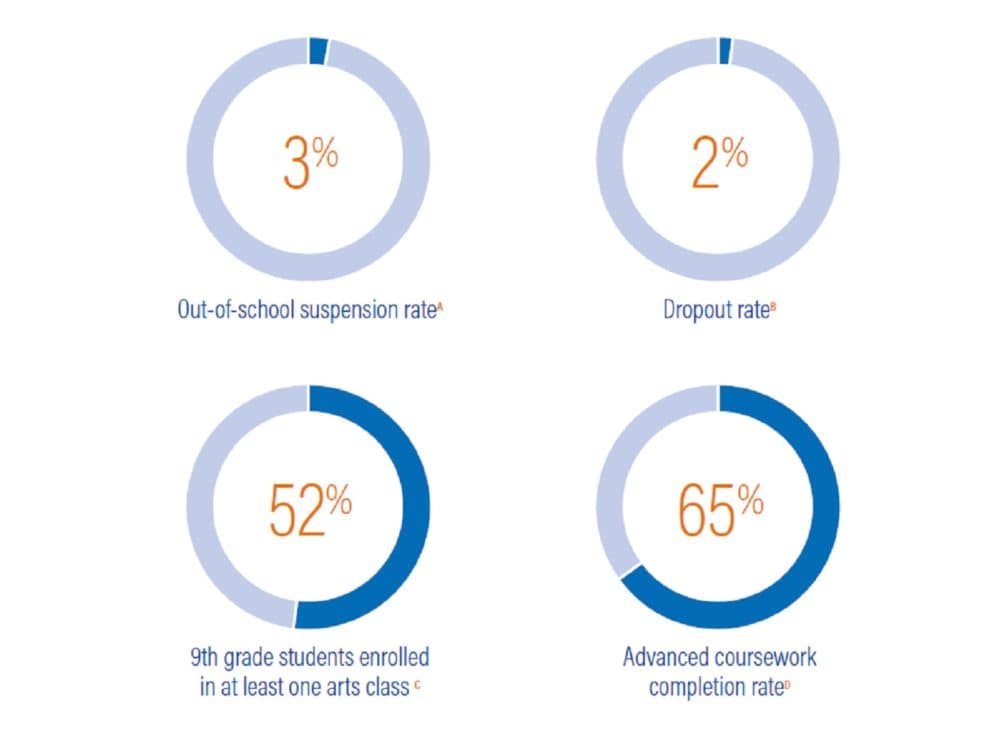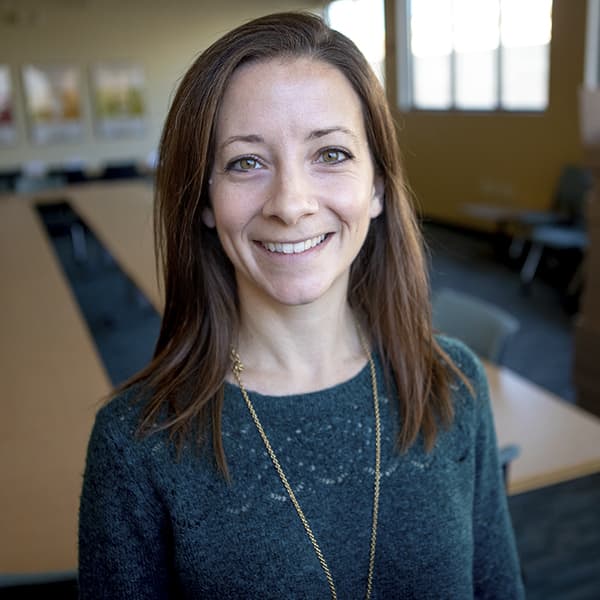Advertisement
Report Urges State To Take More Holistic View Of School Performance

A new report is urging the state to broaden how it evaluates school performance. As it currently stands, state officials examine factors that are mostly academic and include a combination of things like MCAS scores, English language proficiency, and chronic absenteeism.
The annual "Condition of Education" report from the Rennie Center continues to push for state officials to expand the definition of success to include a more robust set of factors, which are less focused around test scores.
“We do think there’s a lot to be learned from the current system,” said Laura Dziorny, the Rennie Center’s chief of staff. “It’s just that we see that as an incomplete picture for teachers or educators who are really trying to develop the whole person.”
While the group praised the state for its consideration of non-academic measurements such as chronic absenteeism as well as its growing focus on social and emotional learning and support of initiatives to improve student mental health, the authors of the report urged the state to continue to capture a more holistic picture of the learning experience.
The report also highlighted two Massachusetts schools for taking meaningful steps in that direction. In Methuen Public Schools, leaders administer annual mental health surveys to students online. Based on those results, officials create hundreds of individual intervention plans and then closely monitor the academic performance and social and emotional development of students who are flagged as needing extra support.
Natick Public Schools were also highlighted for their extensive use of community feedback to create a “profile of a graduate." The tool lays out what a student should be able to do after graduation. School leaders regularly reach out to parents, students, business leaders and local colleges to inform the definition. That profile is then used by educators at all levels to determine what they should be teaching from soft skills to academics.
For the last eight years, the Rennie Center has been keeping tabs on an expanded set of data. This year, there are a few notable areas of improvement like a significant increase in the completion of MassCore, the state’s recommended curriculum.
In 2012, about 68% of state students overall completed the MassCore standards. In 2018 that number grew to just over 81%. Ninth grade course passage rates, however, showed less progress. Those numbers have held relatively steady, going from about 78% in 2013 to 79% in 2019. The Rennie Center did highlight one notable increase in that field, though. African American students saw one of the biggest improvements in ninth grade passage. That rate increased from 60% to 66% between 2016 and 2019.
Chronic absenteeism, or missing more than 18 days of school, remains stagnant. In the 2019 school year 12.9% of students were chronically absent, a one percentage point increase from 2013. Those numbers are even higher among some sub groups like English learners. Last school year, just over 20% of those students missed a significant number of school days.
And there are a few new data points that the group started tracking in the report this year, including 9th grade student art class enrollment. In 2018, about 52% of state students were enrolled in at least one arts class. Those rates were slightly lower for African American students (42.%) and Hispanic/Latino students (41%). The Rennie Center also starting to track the percentage of kids (0-17) who have experienced two or more adverse childhood experiences, like economic hardship, parental divorce, neighborhood violence or living with someone struggling with an alcohol or drug addiction. In 2018, that estimate came in at just under 16%.
An earlier version of this article misspelled the name of Laura Dziorny. We regret the error.
This article was originally published on January 23, 2020.
